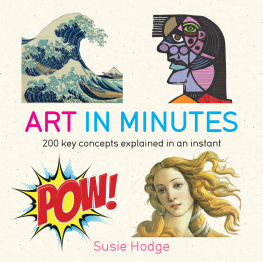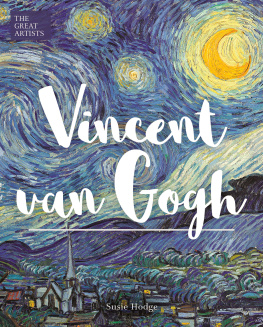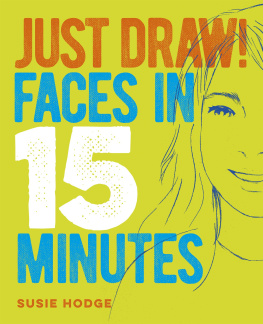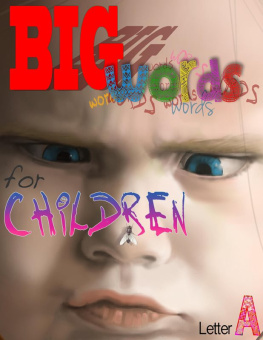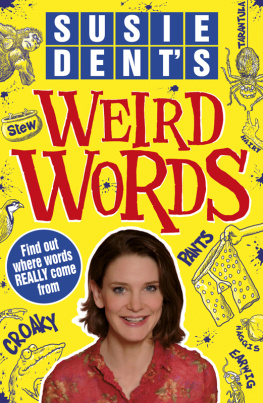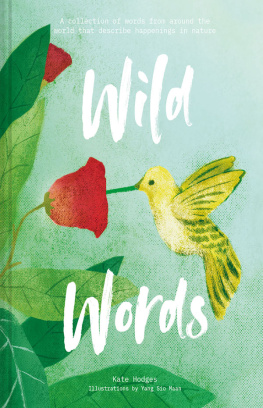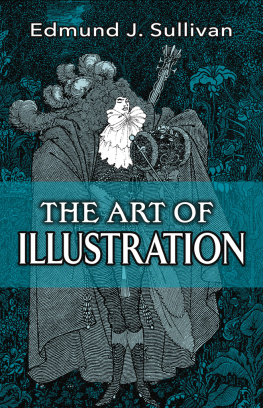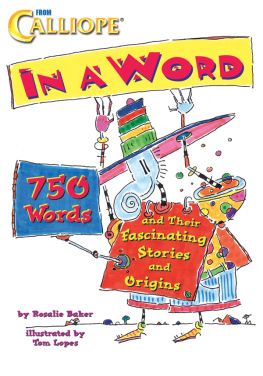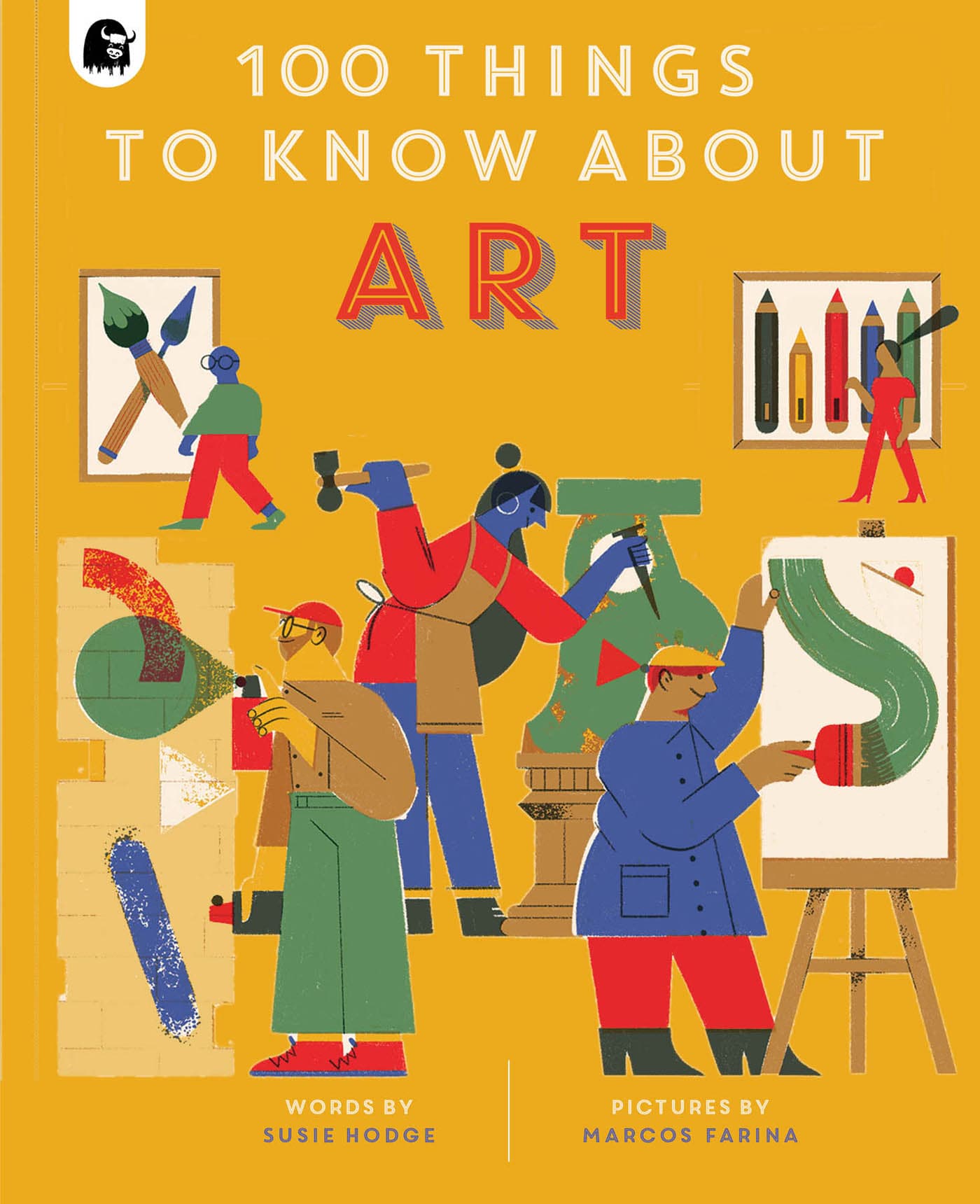Contents
Page List
Guide
Cover
100 THINGS
TO KNOW ABOUT
ART
SUSIE HODGE
MARCOS FARINA
CONTENTS
INTRODUCTION
What do you think of when you hear or read the word art? Paintings? Drawings? Pottery? Sculpture? Art is amazing, fun and fascinating. Artists from the past and present have created marvellous things for us all to see, from fabulous frescoes to intricate mosaics, from glittering glass to magnificent paintings, stunning sculptures and beautiful pots. Many materials that artists used in the past have been added to or replaced by new materials and ways of using them.
You cant sum up art in just a few words, and so this book is full of words and explanations about it techniques, materials, ideas and inventions probably everything you ever wanted to know about art is here! All you need to do, is to turn the pages and discover the wonderful world of art, from the ancient past to the present.
Be prepared to be inspired to make your own incredible art!
ACRYLICS
Used by artists since the 1960s, acrylic paint comes in squeezy tubes and hard cakes. It comes in a wide variety of different colours and shades, from dark and deep, to light and bright. Invented in the 1950s, acrylics are made with plastic, so once dry, they become waterproof. When mixed with plenty of water, they can have watercolour-like effects, or mixed with less water, the paint is thick and can be made to look like oils. Acrylics dry far quicker than oil paints and can be used on many different surfaces, even those that are difficult to paint on.
BRONZE
Bronze has been the most popular metal for making sculptures for about 4,000 years, using something called the lost-wax process. For this, a clay core is made for a sculpture. Wax is then moulded around it in the shape of the sculpture and is coated with more clay, leaving a hole in the bottom. The whole thing is then heated so the wax melts and runs out, leaving a space between the two lots of clay. Melted bronze is poured in and when it sets, the clay is removed, leaving the finished sculpture which can be polished to a shine.
CHALK
Chalk is a soft kind of rock that is usually white, dry and crumbly. Artists often use it on dark surfaces so that their light chalk marks stand out and can be seen. Nowadays, chalk for artists is mainly made in special factories, but it is also still found in the ground. Some ancient artists cut huge images into the ground, revealing the white chalk below. For example, the Bronze Age White Horse at Uffington in Oxfordshire is a huge white chalk horse carved into the green grass of a hill. The bold, horse shape can be seen for miles.
CHARCOAL
Charcoal is one of the oldest drawing materials it has been used by artists since prehistoric times, tens of thousands of years ago. Prehistoric artists often used charcoal to paint on rocks and cave walls to create art, share stories and record ideas. Since then, it has been a popular material for drawing and sketching. It is brittle and black, and it can create soft or hard lines, or be smudged for shading and other effects. Charcoal is made from charred wood and can be used in sticks, inside pencils, as powder or compressed, which means its thicker and firmer.
CLAY
Made up of tiny particles of rock, clay is a kind of earth. Like many other minerals, clay is dug up from the ground and before its used, it has to be cleaned. When mixed with water, it can be pinched, rolled, cut, squashed or pushed to form different shapes. As it dries, it hardens, and when baked in a kiln a special kind of hot oven it becomes completely hard and long-lasting. Archaeologists have found clay objects that are thousands of years old and artists today continue to create many objects with clay, such as vases, pots and tiles.
CRAYON
A crayon is a pencil or stick of coloured chalk or wax that is used for drawing or writing. Although the ancient Egyptians drew with coloured wax, the crayons we know and use today were not invented until the 19th century. Because theyre light, fun to use, easy to hold and make bold, firm marks, they are often used by young children when they start to draw. But crayons come in hundreds of exciting colours and are used by professional artists, too. Crayons can be used in layers to make rich, deep colours, or with light pressure for lighter colours.
GOUACHE
Gouache (goo ash) is a non-see-through, water-based paint with a creamy consistency and a matt finish. Gouache can be a really flexible paint it is great for layering and blending and can even mimic the look and feel of acrylic, watercolour and oil paints. Palette knives, sponges, paint brushes, rags and even twigs can be used to create different effects and cool textures with gouache paint. Often used by illustrators and graphic designers, it can be easier to use than watercolour paint, simply because mistakes can be easily painted over! Dry gouache can sometimes be adjusted with a wet brush.
INK
Made from earth, plant sap and even animal blood, early forms of ink were used in some of the oldest cave paintings we know about, created more than 40,000 years ago. Around 4,500 years ago, people in ancient Egypt and China began creating ink for writing. It was made from soot, mixed with gum or oil and water. They dipped in sticks, brushes or birds feathers, and wrote with this ink. Nowadays, ink is used by artists everywhere, for things such as illustrations, pen and wash (ink and watercolour) and even printmaking. Ink comes in a variety of different colours.


